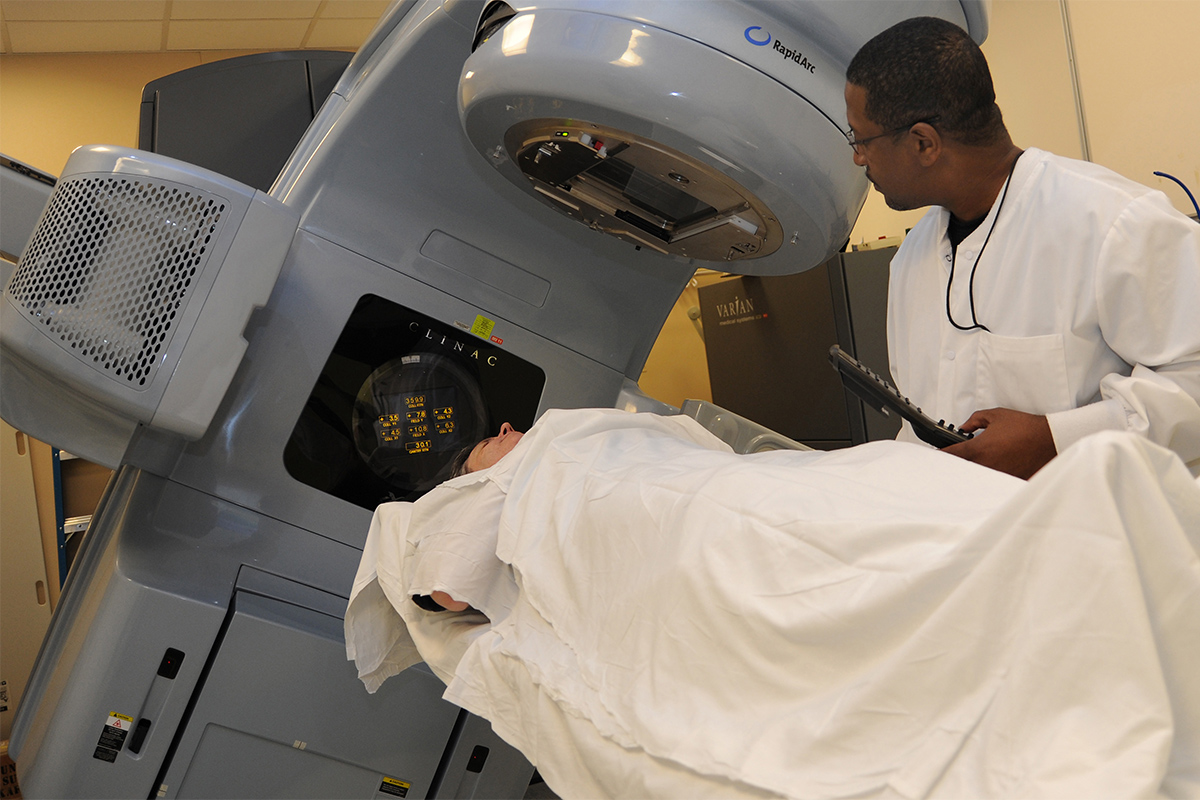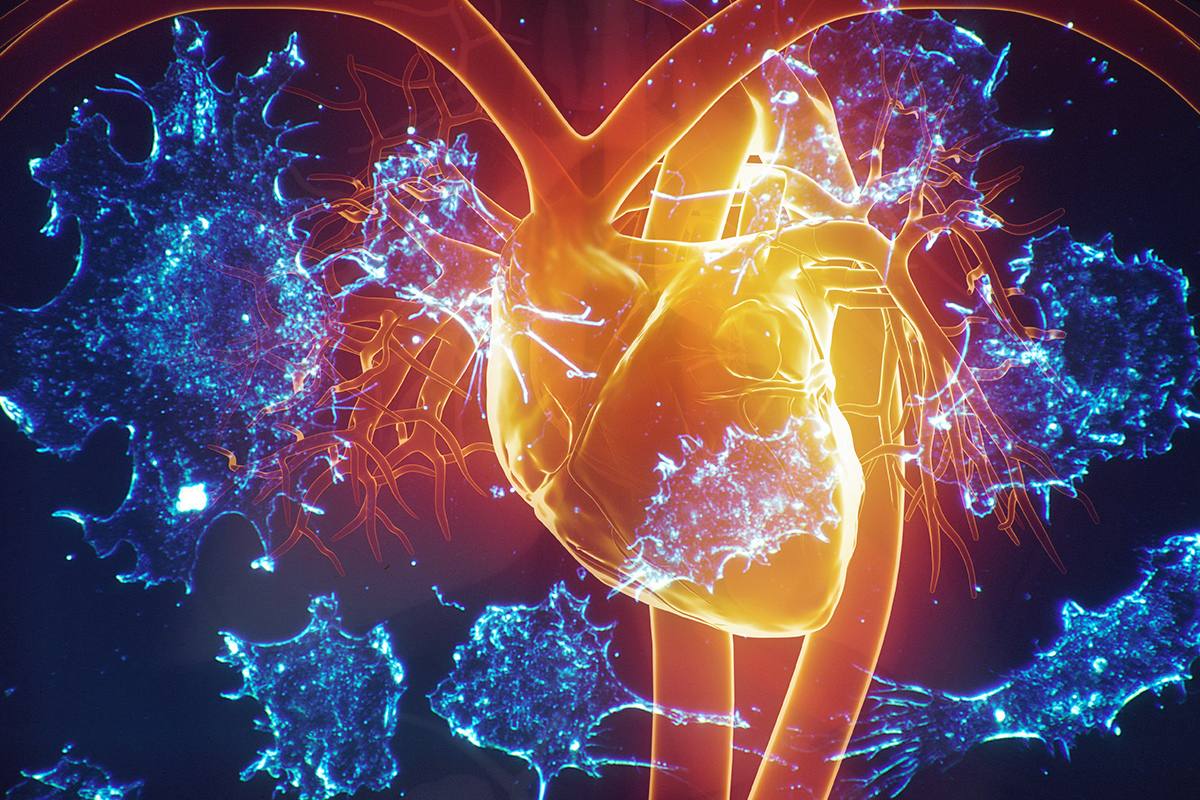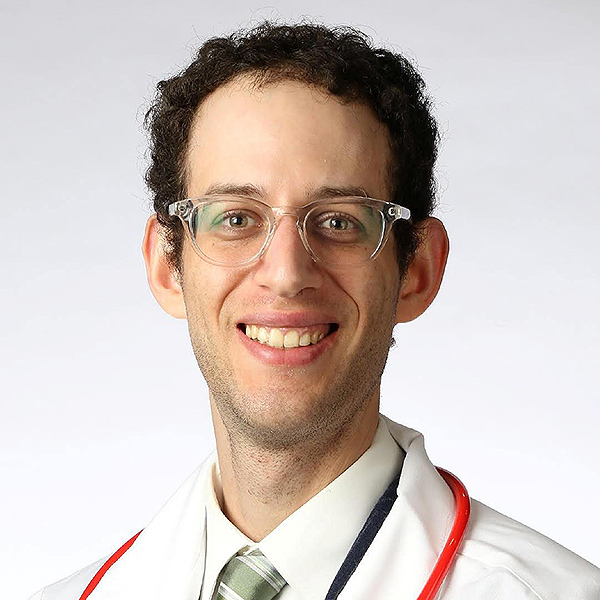When It’s Not "Only" the Cancer or "Only" the Heart: The Intricate and Essential Interaction Between Cardiology and Oncology

In this day and age, physicians perform their clinical, research and administrative tasks within a narrow physical space and with limited interaction with clinicians outside their medical team.
The opportunity to grow by absorbing insights from colleagues who are external to our direct niche of practice is dependent upon our level of motivation and active effort to walk outside our comfort zone and established expertise.
In the field of cardio-oncology, professional synergism is not only vital but also mandatory for its effective development and maturation. For decades, cardiovascular clinicians have fined-tuned an art and science in which a dedicated focus on the heart and vascular system was paramount and even sacred.
The understanding of the causative relationship between LDL-C and atherosclerosis was a seminal discovery that exemplified the concept that the interaction between an unstable plaque and the endothelial wall resulted in systemic alterations with significant morbidity and mortality.
The recognition that – in the immediate period following myocardial infarction – ischemic stroke occurs at a significantly higher rate suggested the possibility that arterial dysfunction induced vascular changes beyond the atria and the ventricles.

The fact that chronic kidney disease, stroke, peripheral arterial disease and even blindness was associated with poor blood pressure control further emphasized the critical value of heart function and vasculature.
Over the past few decades, oncologists have nurtured a culture of profound devotion to suppressing the neoplastic process by diagnosing it as early as possible as well as targeting its elimination using a variety of treatment modalities.
The focus on the cancer, like that on the heart, was intense given the historically-high mortality rates encountered with almost any type of cancer. The overarching goal in oncology was thus to establish early diagnosis and aggressive treatment aimed at the underlying malignancy.
However, the cancer treatment landscape has dramatically changed over the past few years. It is now well recognized that some cancers are slow-growing while others may be faster to divide but occur in a host with overt cardiovascular disease who may not be able to safely receive certain types of anti-cancer therapies.
Some cancers are easily cured, only to be followed by treatment-related cardiovascular conditions which may have even greater morbidity and mortality than the original cancer.
An intense focus on any one set of diseases is now clearly understood to be counter-productive.

The message is that the conversation between cardiologists and oncologists is more essential than ever before. It is no longer "just the heart" or "just the cancer," but the intricate interaction between the two.
Without a complete and thoughtful discussion about the biology of an individual's cancer balanced with deep consideration of the patient's cardiovascular health and risks, much harm can be made.
The emerging goal is therefore not to identify the one process that is associated with the greatest potential serious injury or death and concentrate only on it.
Such a strategy is likely to be maladaptive and quite dangerous, as the risks to a cancer patient's health are dynamic and evolve during the different phases of cancer treatment and posttreatment surveillance.
Therefore, it is imperative to pay special attention to both disease groups throughout the course of a patient's treatment and follow-up to maximize the benefit of cancer therapeutics while not compromising post-treatment health.

